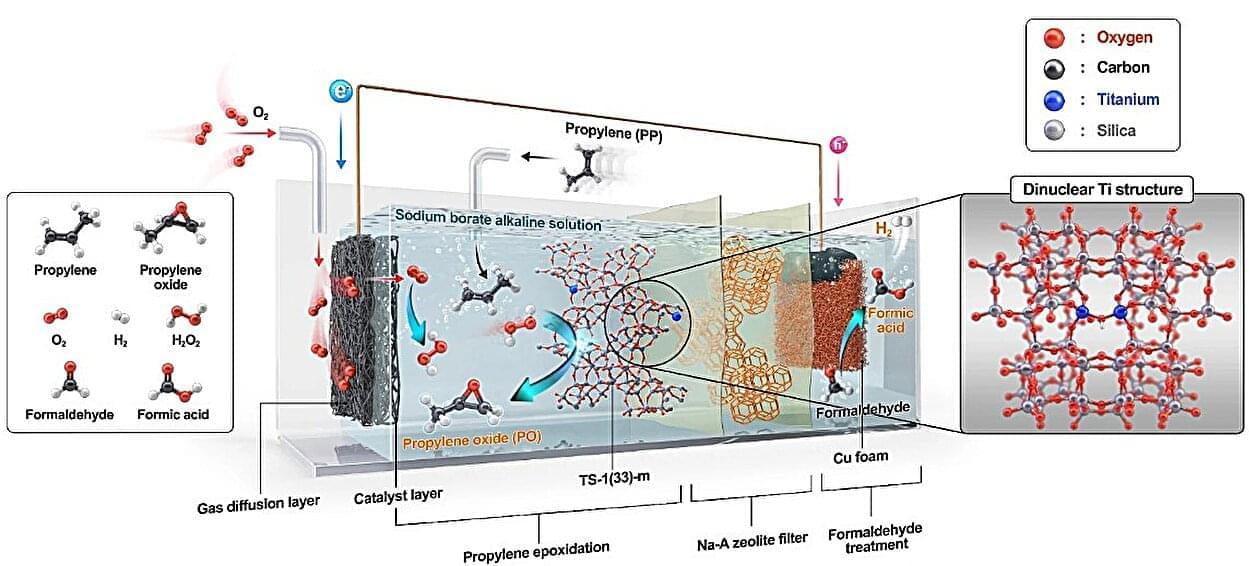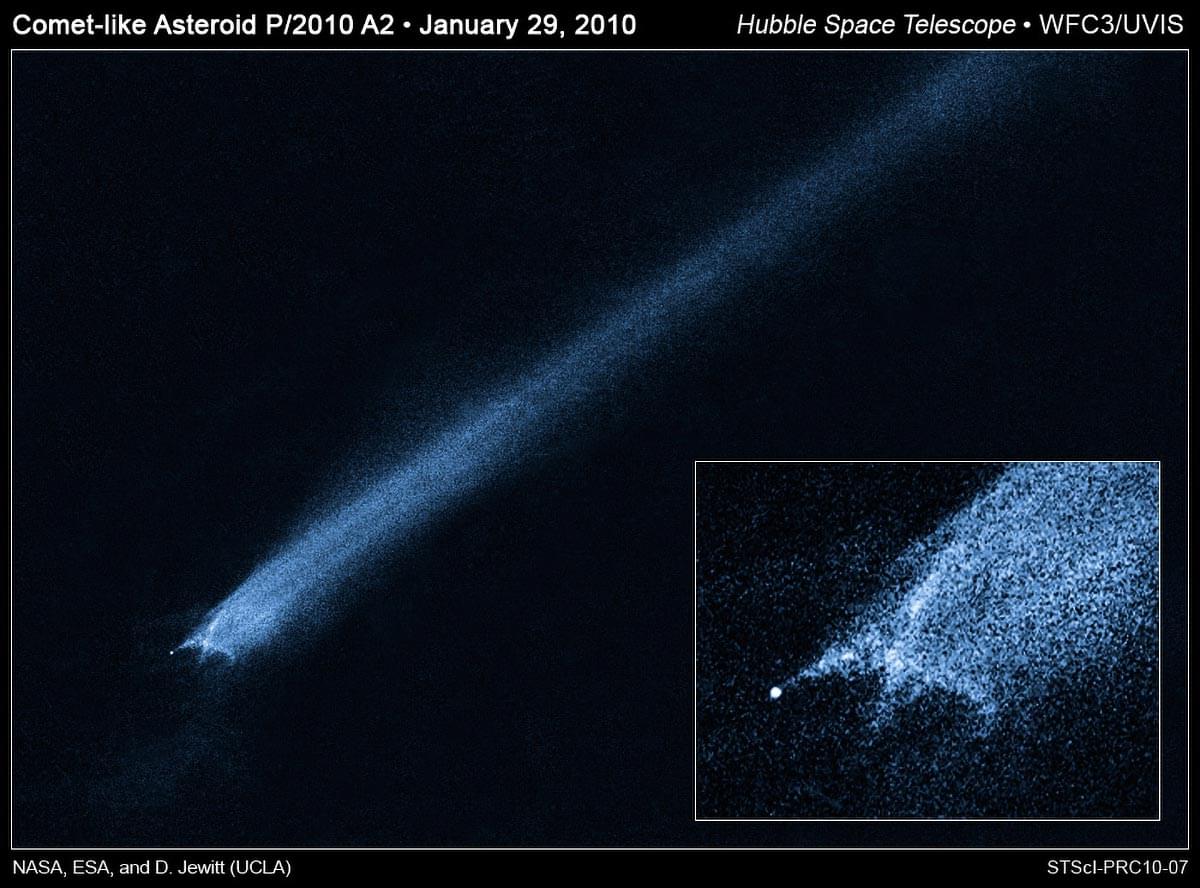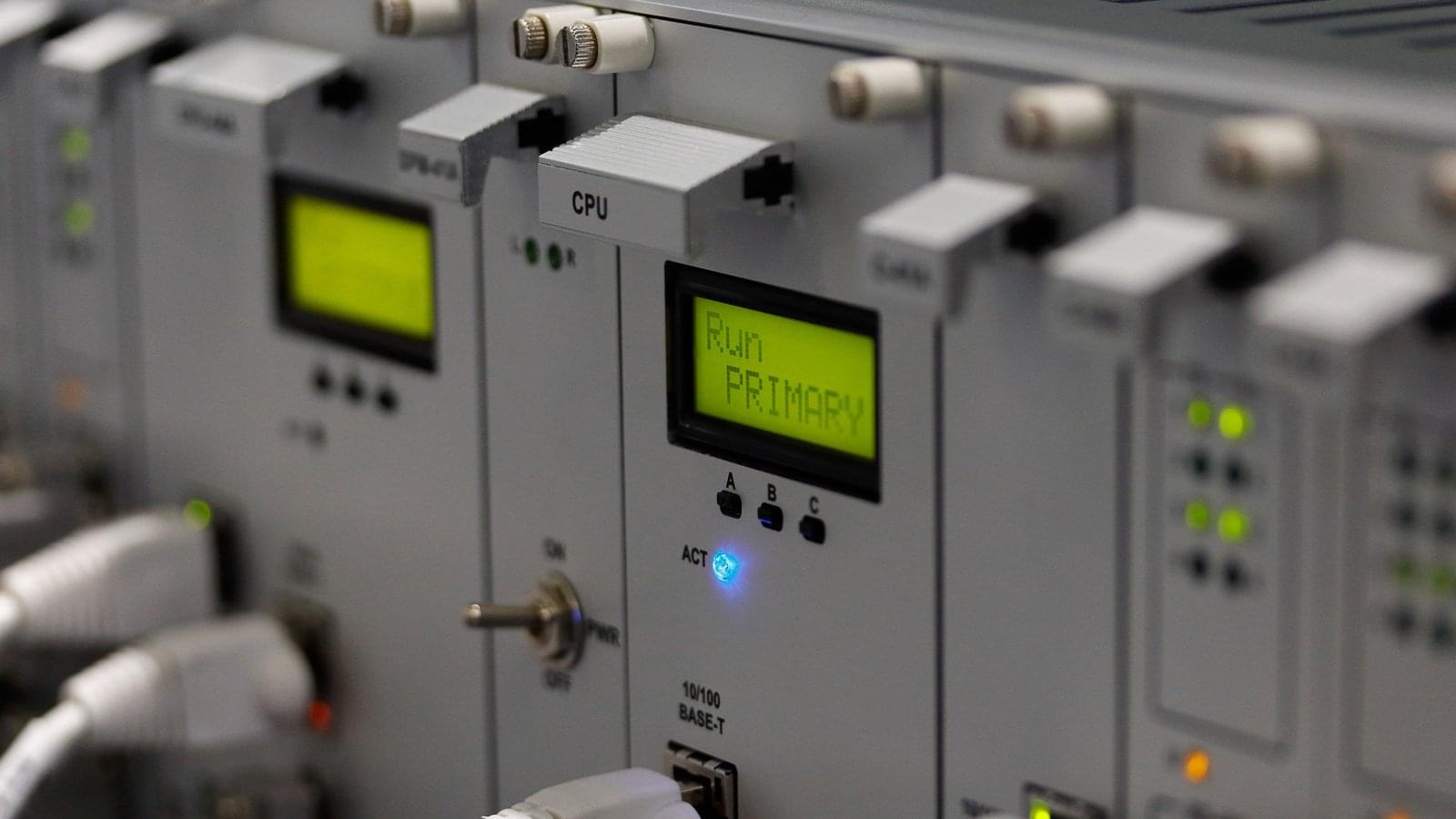An eco-friendly system capable of producing propylene oxide (PO) without external electricity or sunlight has been developed. PO is a vital raw material used in manufacturing household items such as polyurethane for sofas and mattresses, as well as polyester for textiles and water bottles.
A research team led by Professors Ja Hun Kwak and Ji-Wook Jang from the School of Energy and Chemical Engineering at UNIST, in collaboration with Professor Sung June Cho of Chonnam National University, has successfully created a self-driven PO production system utilizing in-situ generated hydrogen peroxide (H₂O₂).
The research is published in Nature Communications.








